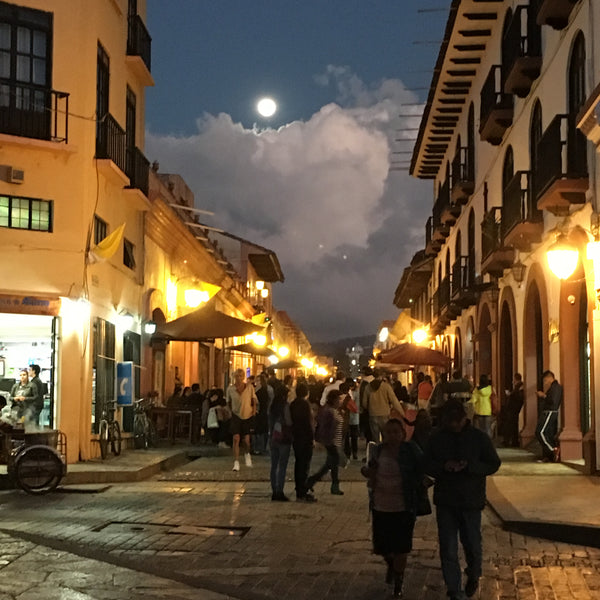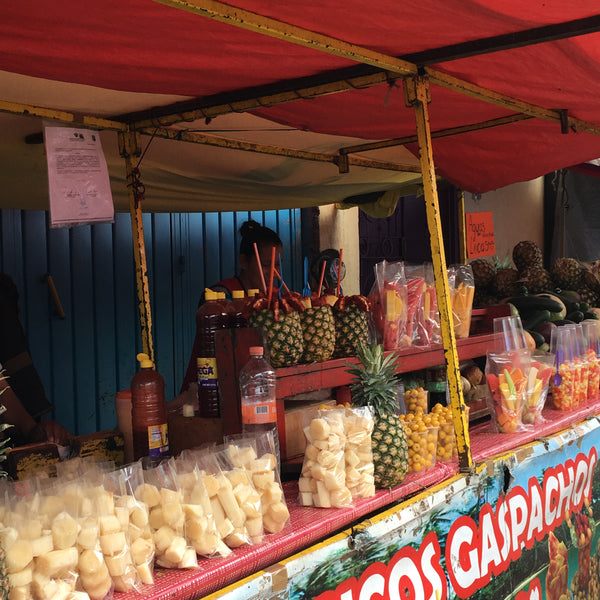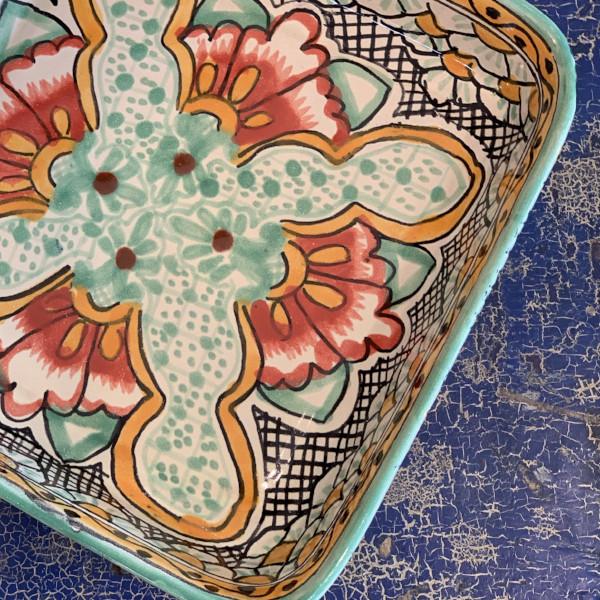
I travel to Mexico 3-4 times per year to purchase folk art for my small shop in Minneapolis, Minnesota. One of the most frequent questions I am asked is, “Aren’t you afraid to travel to Mexico?”
And, if you listen to the mainstream news, visiting Mexico doesn’t sound like a great idea. Over the last decade, Mexico’s reputation for frightening crimes related to drug-violence has led to multiple U.S. State Department travel warnings.
But please don’t let sensationalist news stories, even on respected news outlets, deter you from traveling to this vibrant Latin American destination. Other than dangerous areas along the U.S. border and other specific regions where drug cartels operate, Mexico is mostly a safe country. Generally, if you’re not taking part in illegal activities you don’t have anything to worry about.
As one of the world’s top tourism destinations, 40 million people visited in 2017. And it’s estimated that more than a million Americans and hundreds of thousands of Canadians live in the country full-time or part-time. It’s especially popular with “snow birds” who head south to escape brutal winter weather from December to April.
The vast majority of people visit, travel around, and enjoy themselves without incident. And many people live in Mexico comfortably and without fear.
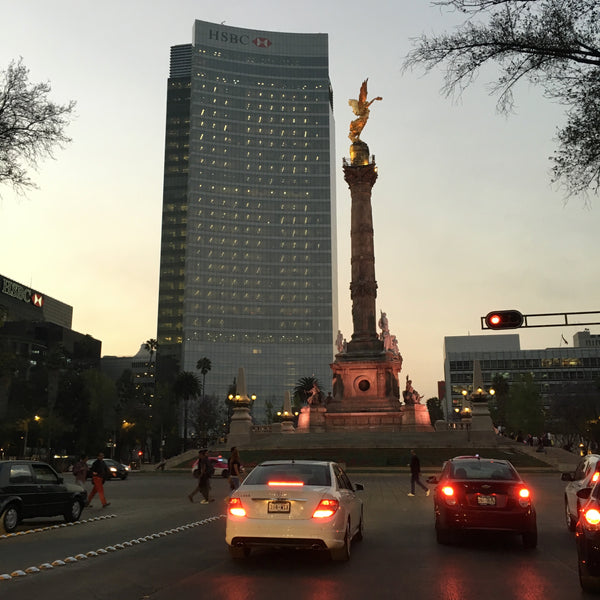
In fact, Mexicans warmly welcome foreign visitors with open arms. They are a very friendly people who will go out of their way to help you. (I can give specific examples of this—after I fainted in Puebla, got lost on the Mexico City Metro Bus, was in an earthquake, was stopped on a bus in Michoacán, multiple taxistas and maleteros have gone beyond the call of duty to help me schlep boxes everywhere, etc.) And because “gringos” have been visiting for so long, they are used to having us around. In fact, many Mexicans (especially in the larger cities) speak English, especially in areas frequented by tourists. Although you definitely will have a richer experience if you learn and try to speak some Spanish.
If you’re worried about visiting a specific location, it pays to research that area before you book your travel. Most regions and towns popular with expats and travelers will have their own Facebook page. You can find out from residents there the level of safety in addition to restaurant, hotel and activity recommendations.
Currently, as a country, Mexico’s threat level, according to the State Department, is a Level 2. That means, “tourists should be aware of heightened risks to safety and security.” For context, the Bahamas is also rated a level 2 primarily for crimes like burglaries and robberies. In the March 2018 Mexico Travel Advisory, The United States Department of State advises avoiding travel to the following five (there are 32) Mexican states: Colima, Guerrero, Michoacán, Sinaloa, and Tamaulipas. If those states' names don't sound familiar, the names of beach resort towns Acapulco, Zihuatanejo-Ixtapa (both in Guerrero) and Mazatlán (in Sinaloa) should. Acapulco in particular is considered unsafe and I do tell people who ask me that I do not go there.
The State Department also recommends that travelers carefully consider the risks of travel to the following states: Chihuahua, Coahuila, Durango, Estado de México, Jalisco (except for Guadalajara, Puerto Vallarta, Chapala, and Ajijic), Morelos, Nayarit (except for Riviera Nayarit including Nuevo Vallarta and Bahia de Banderas, Santa Maria del Oro and Xalisco), Nuevo Leon, San Luis Potosí, Sonora, Zacatecas.
The states I visit are the states that are known for Mexican folk art and those are the following: the Estado of Mexico, Chiapas, Oaxaca, Guanajuato, Puebla, Jalisco, Michoacán and the northern edge of Guerrero.
So what to do to be safe in Mexico?
+ Recognize and accept that living has risks. Everywhere! Every city. Every highway. Every dark street after hours. I know that in the United States and I know that in every other country I travel to, including Mexico.
+There are things one can do to reduce risk and these are my recommendations:
- Use your head. Don’t do dumb stuff. Getting drunk is not a good idea. Being out after midnight in an unknown neighborhood is not a good idea. Buying or using drugs is not a good idea.
- Leave your valuables at home. Don’t wear fancy watches, jewelry or flash wads of cash. Dress modestly and don’t try to draw attention to yourself—you already stick out.
- Keep your purse and wallet close to your body, preferably in the front of your body. Beware of wearing backpacks on your back especially in crowded areas like the Metro, markets, the Mexico City zocalo or other locations where there are many people.
- Before you go, take a photo or scan your documents—passport, travel info etc-and email to yourself so you can easily recover the information if they are lost or stolen. I also take a printed copy of all my important docs in a folder but I’m old school.
- Suzanne Barbarat at TripSavvy has some other excellent pre-trip ideas.
- Food safety: Only drink bottled water. Don’t eat raw vegetables or fruit unless peeled. Fruit juices on the street are fine. In fact, you must have them. I am super cautious because I cannot get sick when I’m in Mexico (because I’m there for rapid shopping sprees) so the main thing is to never drink tap water. Only drink bottled water. I also stock up on Pepto Bismal tablets and if I feel the slightest bit queasy, I take some Pepto. Presto, it’s gone. I highly recommend taking food tours in whatever city you are in so you can learn what to eat safely because it all looks and smells delicious!
- Physical hazards: People are usually concerned about personal safety (Will I be kidnapped? NO. Will I be caught in gunfire? NO.) but there are many very real physical hazards due to the lack of safety regulations—curbs at different heights, pedestrians do not have the right of way when crossing a street as they do in the US, cobblestone streets are uneven and cause many sprained and broken ankles, gaping holes in sidewalks and streets without orange cones can easily be missed if not watching and beaches often do not have lifeguards. Boating regulations are not the same as in the US and my husband still talks about a seriously over crowded boat ride we took in Puerto Vallarta with our two very young children without life jackets. Yikes.
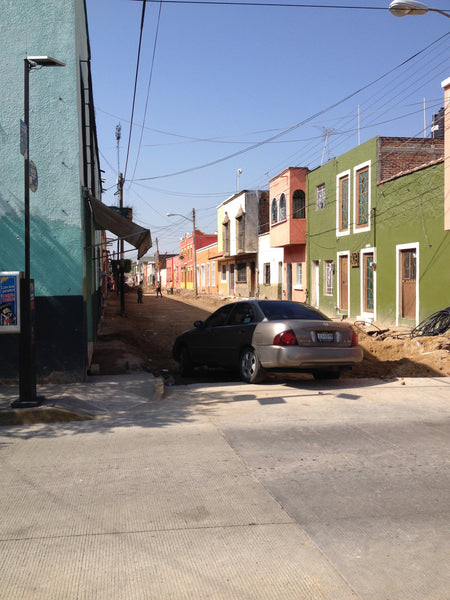
- Always use authorized taxis in the larger cities (use the sitios) or have your hotel or restaurant call you a taxi. I’ve written about authorized taxis from the airport.
- Don’t rent a car in Mexico City. Just dumb and unnecessary.
- If you do rent a car in another Mexican location, have someone else help with the navigation—signs are not the same as US and they are in Spanish. If you rent a car, do not drive at night unless you want to be on very dark roads, possibly hit animals/people or get lost.
- When driving long distances, use the toll roads.
- To travel between cities/towns use the very efficient, safe and top-notch bus system. Someday I will do a post on the bus system because it is the great unknown (by Americans) secret to traveling in Mexico.


